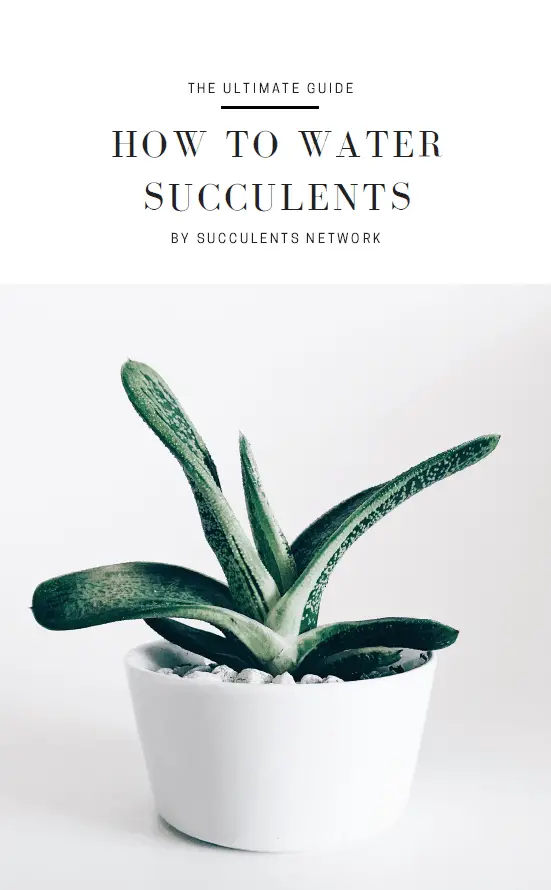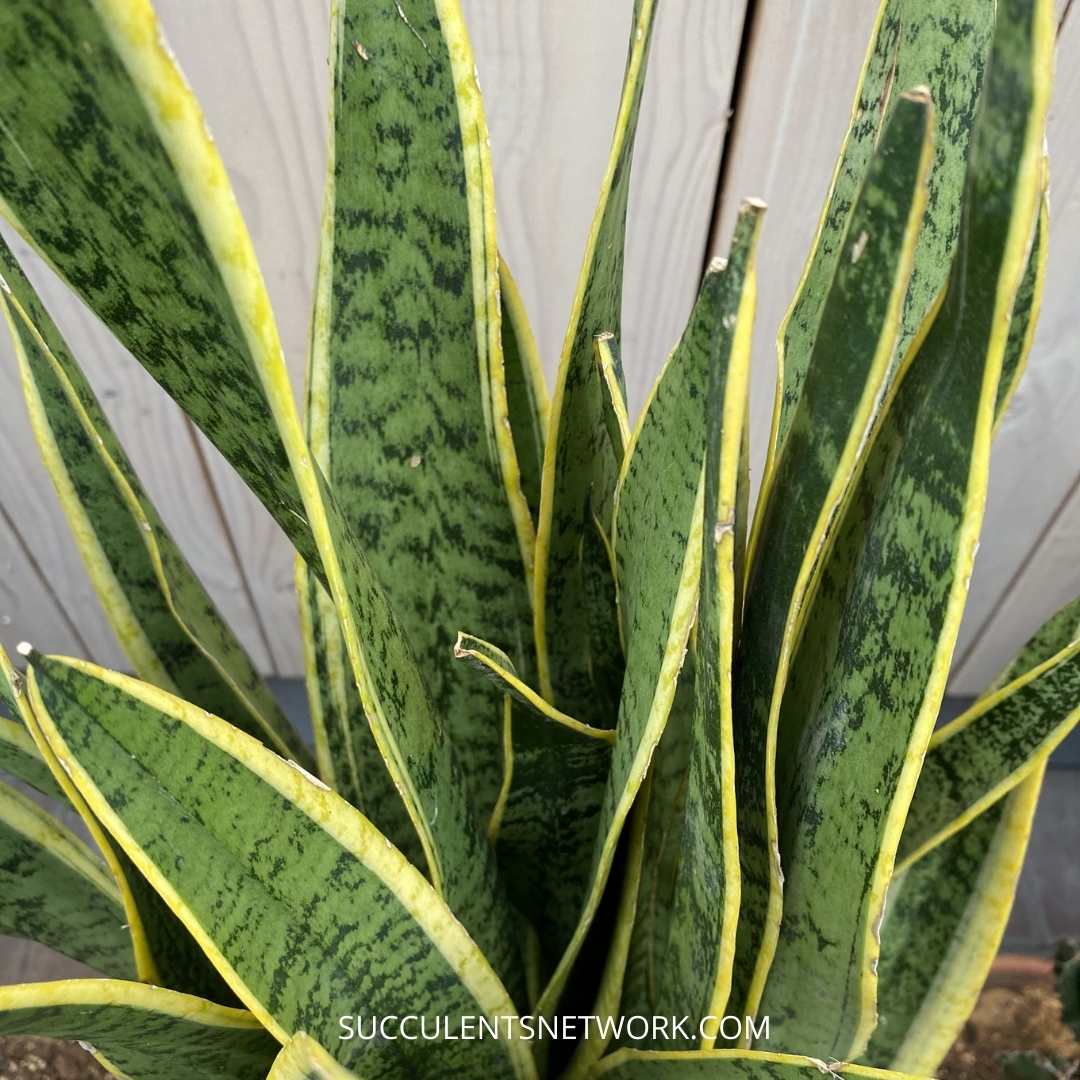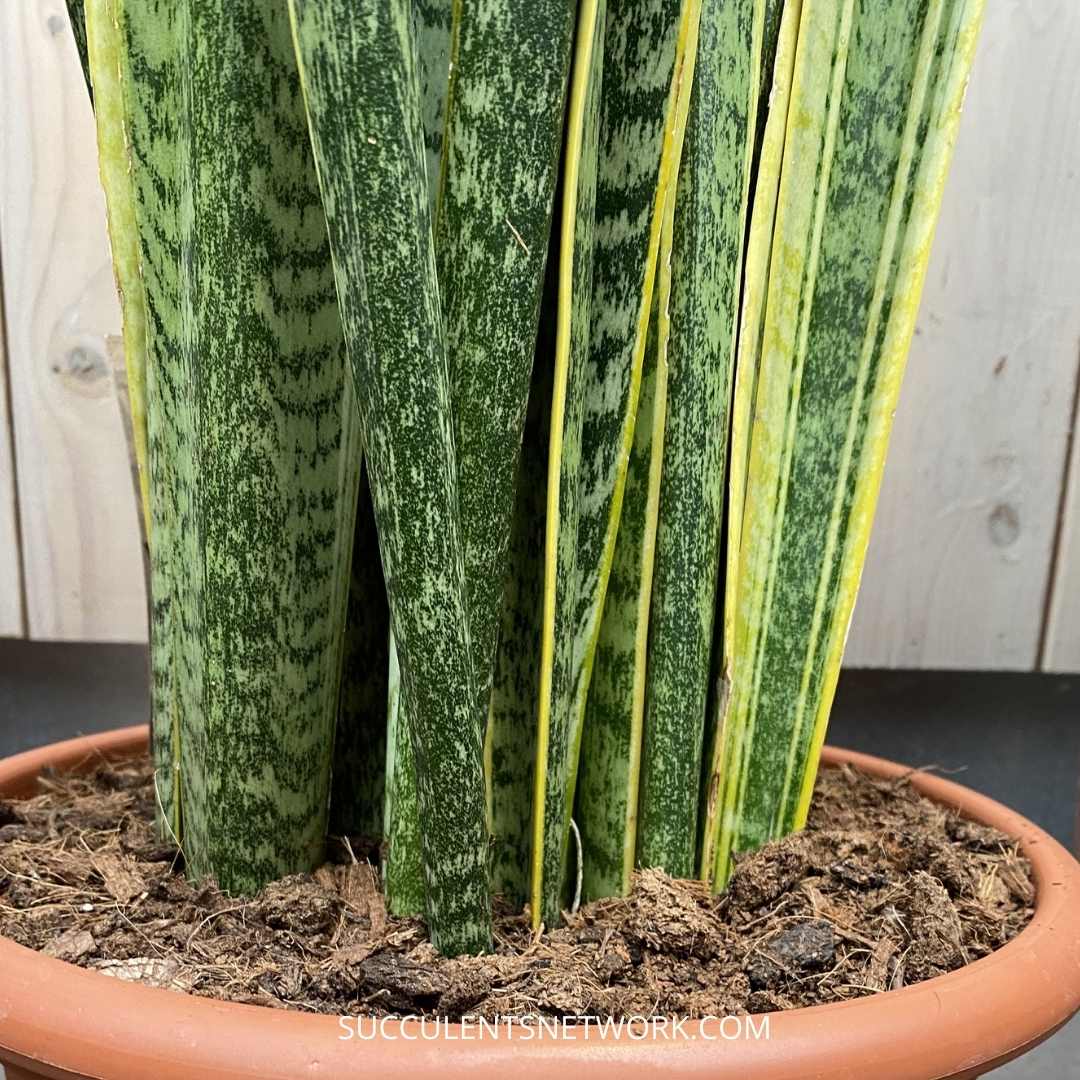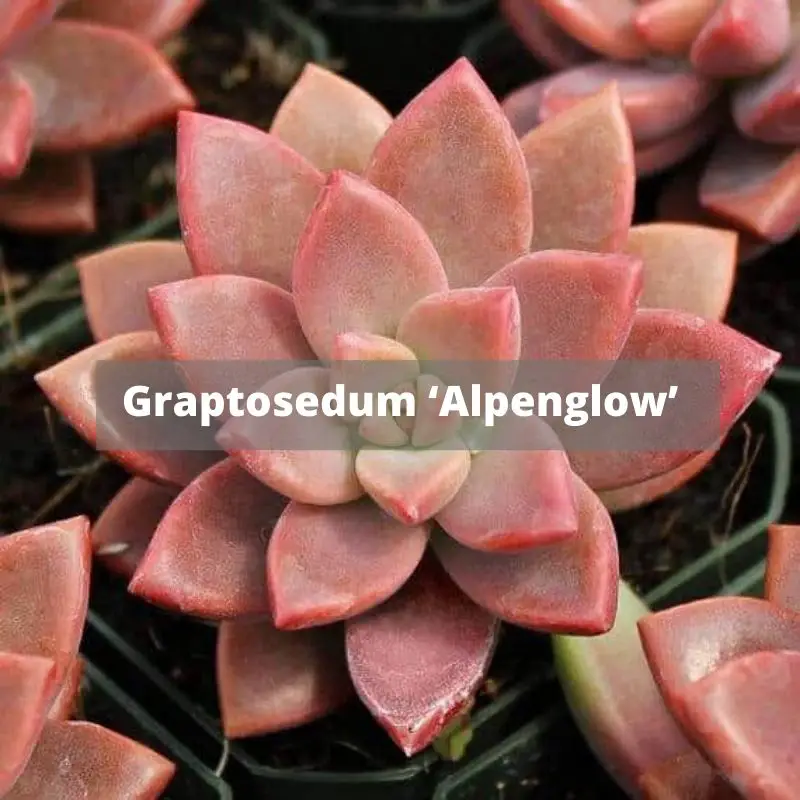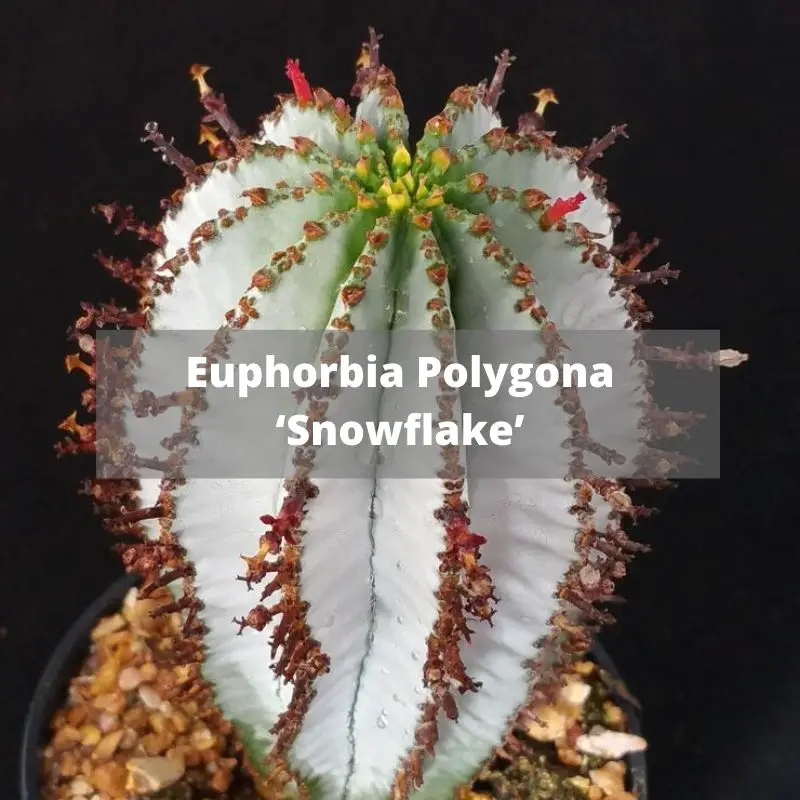Take your new container and add a well-draining succulent soil in the pot so that your plant can grow to its fullest potential. There are those people that only want to report their succulents when the pot cracks. Here you will learn in-depth information about the sansevieria trifasciata care in our guide. The Sansevierias types are most known for their durability and attractive appearance.
The most common variety of the plant is known as Snake Plant or for some Mother-in-Law. When you first examine the plant, you will notice long pointed leaves that point straight to the sky from the pot. Some of the other varieties can grow compact rosettes that can reach up to 10 cm (4 inches) in height. Thanks to the plant durability, many growers buy this plant. It is one of the most natural plants to grow both indoors and outdoors.
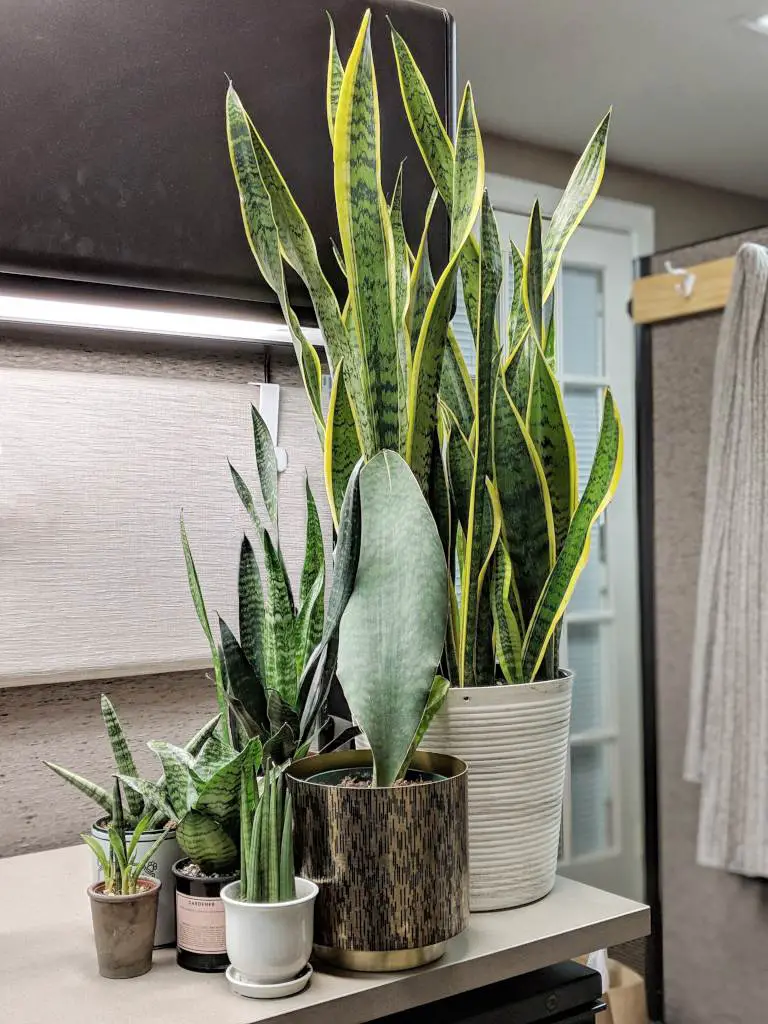
Picture via nature-and-garden
Are your succulents dying? Do you need urgent help to keep them alive? Don’t worry! This ebook will solve the problems. I shared all my secrets related to how to water succulents with you.
Sansevieria Trifasciata Lighting tips
When caring for the Sansevieria Trifasciata, be sure that you give the plant moderated bright or filtered light. One of the best spots to plant your new plant is in a north-facing window or next to a bright sunny window that you keep covered by a thin curtain. It should be said that the plant can tolerate low lighting conditions. If you want the plant to have more colorful light, it would be better to plant your succulent in harsher light conditions. Harsh lighting can cause your Sansevieria Trifasciata plant edges to turn yellow.
How To Water Sansevieria Trifasciata
When watering the Sansevieria Trifasciata, be sure that you allow the soil to dry out before watering again thoroughly. When watering makes sure that water drips through the drainage hole on the bottom of your pot, that is a sign that you have watered it enough for this time. As the plant dries out, be sure to discard the water that is left remaining in the saucers under the pot. Under no circumstances should you allow your plant to become soggy and never let your plant to be in a pool of water. The Sansevieria Trifasciata should be watered sparingly during winter months. As it is with most succulents that keep liquids in their leaves, these plants can rot quickly when you over-water the plant.
Sansevieria Trifasciata temperature
The best temperature for your Sansevieria Trifasciata is around the average room temperature in most homes. Be sure that you protect your plant from drafts and fresher air as it could start to damage as the temperature reaches below 10°C (50°F)
Sansevieria Trifasciata Fertilizer
When fertilizing your Sansevieria Trifasciata, be sure that you do so every three weeks during the summer. A most common way to feed your plant is by using a diluted to one-half of a strength fertilizer as it should be explained on the container. Sansevieria Trifasciata requires a lot of light, but if you fertilize your plant too much, expect your plant to start losing leaves.
How To Report Sansevieria Trifasciata
When you are reporting your Sansevieria Trifasciata to be sure that you place your plant in a “one size” larger container than what it was previously in. You should only move your plant when the roots are outgrowing the pot then move your Sansevieria Trifasciata. The Sansevieria Trifasciata thrives best when well taken care of then your plant will produce more flowers. If your plant has a lot of dust, be sure to wipe the leaves with a small soft, damp cloth. By all means, be sure that you avoid all chemical products that might damage or even blemish your succulent.

